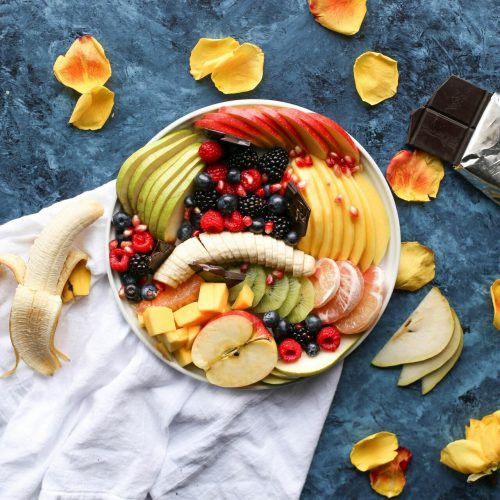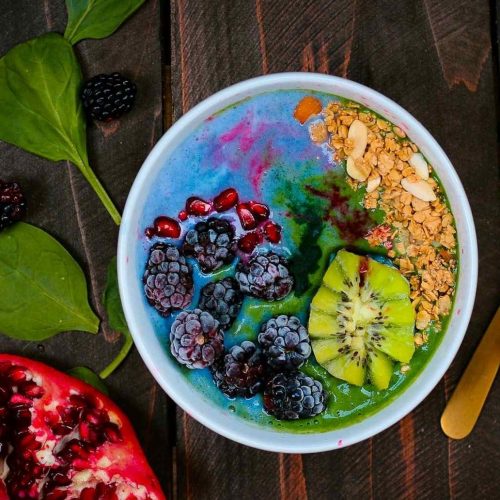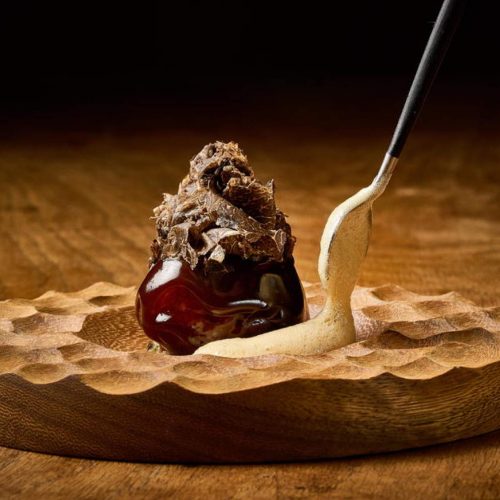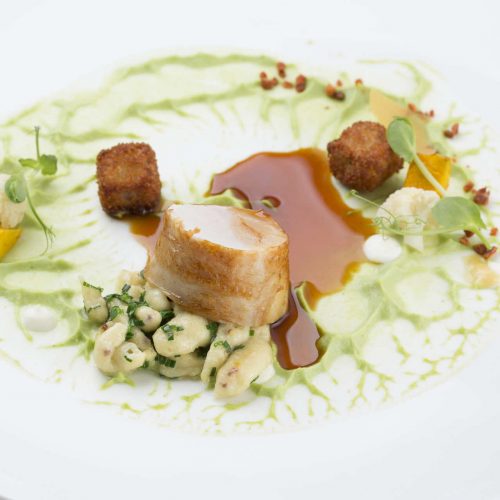The Ultimate Christmas Baking Guide
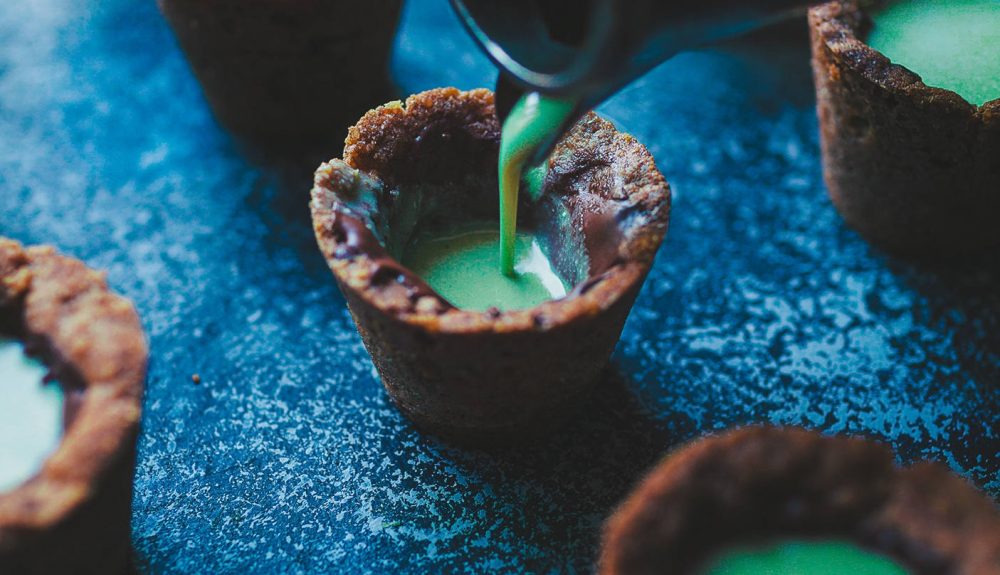
Whether you’re a complete beginner or a well-practised professional, there are countless reasons to get stuck into some festive baking this Christmas. Using organic, natural ingredients will make your bakes far healthier than pre-made processed products, and you can adapt your recipes to suit every palette and diet. Baking can be a therapeutic activity to help you de-stress in the busy Christmas season and can be a fun way to spend quality time with friends and family. Whether you prefer to experiment with new ideas or stick to traditional family recipes, this guide will help you create homemade treats for everyone!
Dairy-free and Vegan Baking
Despite the majority of baked goods being based on animal products such as milk, butter and eggs; it is possible to make plant-based versions without compromising on taste! To make a recipe dairy-free simply replace the dairy products such as milk, butter and cream with vegan alternatives. To make a recipe vegan; eggs, honey and gelatine need to be substituted as well as the dairy products.
There are a huge variety of dairy-free milks including almond milk, oat milk and soya milk. To make vegan buttermilk, add a teaspoon of lemon juice or white vinegar to the dairy-free milk. Butter can be replaced with vegan margarine or oil, but make sure when substituting butter with liquid oil that half the amount of oil is used. Cream replacements include those based on soy or oats, but they tend to be runny so are better suited for sauces or garnishes. For a heavy cream substitute you can combine two parts non-dairy milk with one part oil or vegan margarine. If you don’t mind adding the flavour of coconut, you could use coconut milk which is thick and creamy enough as it is. By separating the thick cream from the thin liquid from a can of coconut milk you can use the thick cream as a condensed milk replacement and the thin liquid as an evaporated milk replacement. For vegan whipped cream, you can either buy a soy-based version or you can opt for silken tofu blended with a generous splash of dairy-free milk and some sugar.
Finding a good egg replacement can be tricky as different recipes suit different egg-substitutes. You can buy vegan egg replacers premade from starches and leavening agents that provide the binding and leavening action of eggs while remaining neutral in taste. Alternatively, you can use ground flaxseeds, with one tablespoon of flaxseeds combined with three tablespoons of water equating to one egg. Flaxseeds are a nutritious egg-substitute as they are rich in omega-3 fatty acids, fibre and antioxidants; but they do add a nutty flavour so only use them in recipes where such a flavour is complimentary or desired. A quarter-cup of pureed silken tofu can also be used to substitute an egg, and the density of tofu makes it an ideal egg-replacer in fudgy-textured bakes such as brownies. Surprisingly, sometimes fruit can be used to replace eggs! Common examples include mashed banana, applesauce, sweet potato puree and avocados. Mashed banana and applesauce work particularly well in muffins and breads while sweet potato puree and avocados are better suited to cakes and brownies.
Some recipes, such as those involving meringues and mousses, specifically require egg whites. Aquafaba, the brine from tinned chickpeas, can be used as a vegan egg-white substitute. For a vegan version of whipped egg whites you could also use agar-agar powder combined with water. Agar-agar powder can also be used as a vegan replacement for gelatine, commonly used in custards and pies. Honey is best substituted with agave nectar or rice syrup, as these are mild in flavour, but other syrups such as maple or date syrup can also be used.
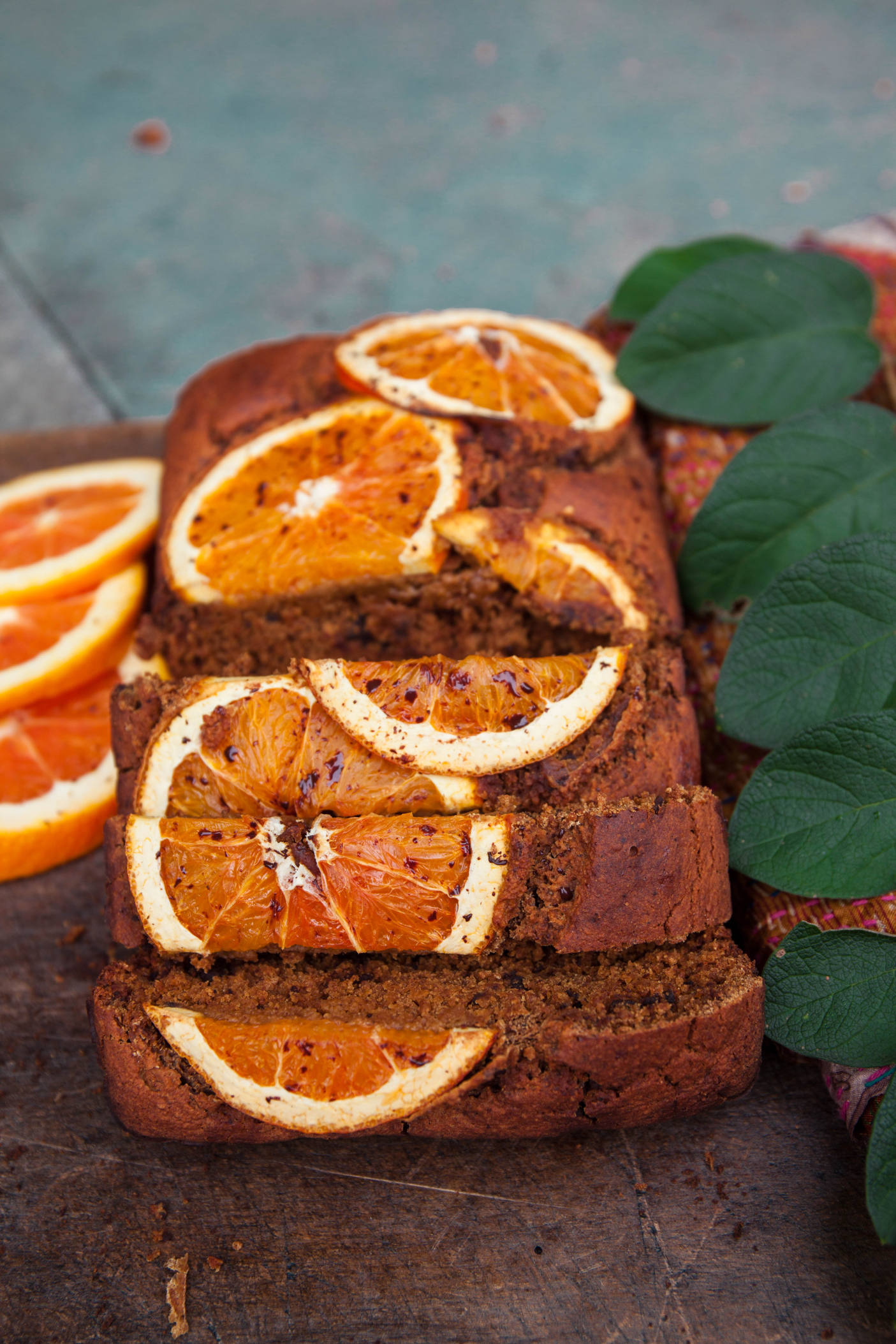
Gluten-free Baking
Gluten, which is found in some grains, helps build structure and elasticity in dough. Wheat, barley and rye flours contain gluten, while gluten-free flours include rice flour, corn flour, chickpea flour and almond flour. However, these cannot all be used as straightforward substitutes. Usually a blend of flours together with starches or gums is required to achieve the desired dough. Many bakers have already identified which gluten-free flour combinations work with certain recipes, and many gluten-free recipes are available online and in cookbooks. If you would rather use one of your own recipes that are based on gluten, then you may need to experiment with a few different gluten-free flour combinations before you get the perfect bake.
Rice flours include white rice flour, brown rice flour and sweet rice flour. While white rice flour is neutral in flavour, brown rice flour and sweet rice flour have more distinct flavours. Chickpea flour has a savoury flavour making it more suited to savoury baked goods such as muffins or breads. Cornflour is also well suited to savoury bakes, but its texture also works well in sweet syrup-soaked sponges. For a lighter texture you could blend cornflour with lighter flours. For quick homemade gluten-free flour you can blend gluten-free rolled oats with your food processor. Oat flour can also be bought and is a good option for sweet bakes like cookies.
If you want your bakes to be paleo as well as gluten-free you should opt for almond flour or coconut flour. Using almond flour results in relatively dense baked goods, making it an ideal option for brownies and cookies. Coconut flour is also very dense and absorbs a lot of moisture, so if you choose to use it be mindful that you may need to increase the amount of liquid and use more eggs or egg-replacers.
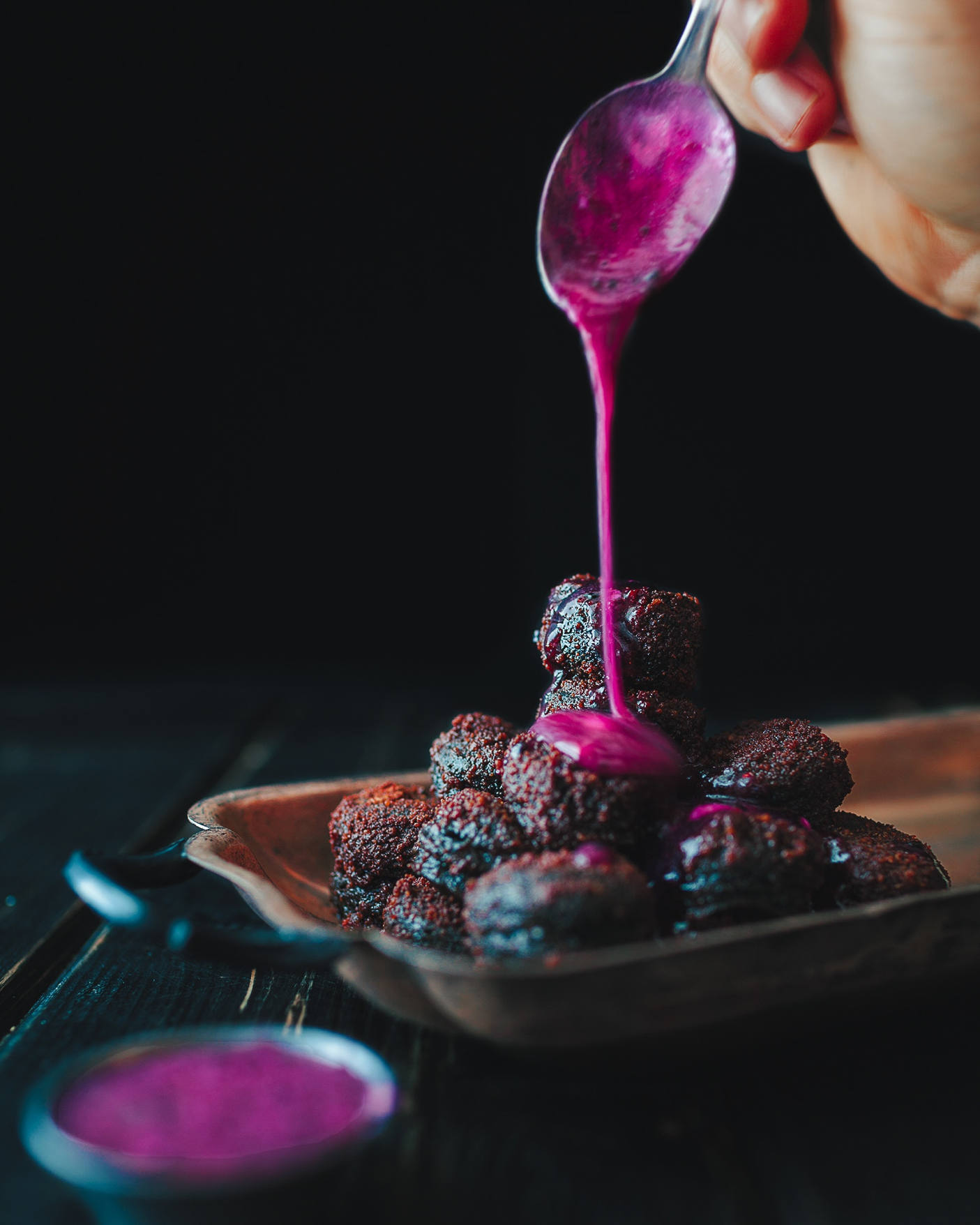
Sugar-free Baking
With many of us either consuming above the recommended daily amount of sugar or suffering from diabetes, baking with healthier sugar-alternatives is a way to have your cake and eat it too! Substituting refined sugar with whole fruits and vegetables is the best way to ensure your bakes don’t cause spikes in blood sugar, as their fibre content means the fruit sugars are absorbed more slowly. Of course, using fruits and vegetables will also add nutrients to your bakes! Bananas, dates, apples, sweet potatoes, squash and courgettes are the most commonly used options. Fruits and dried fruits tend to be pureed before use, while vegetables are either steamed and pureed or grated.
Although some sugars such as coconut sugar are considered to be less processed and more nutritious, they still affect blood sugar levels and should therefore be consumed in moderation like refined sugars. The same applies to syrups such as maple syrup, honey and agave which all have high sugar contents.
An ideal direct substitute for sugar is xylitol, a plant-based extract from fruit and vegetable fibres and hardwood trees. Xylitol is lower in calories and glycaemic index than sugar despite being just as sweet in taste! Another plant-based sweetener is stevia, however stevia is much sweeter in taste than sugar so is not substituted in a 1:1 ratio. Depending on whether you use stevia granules, tablets, powder or liquid, instructions are usually given as to how much should be used per fixed quantity of sugar. These sweeteners will allow you to add the same kind of sweetness to cakes as that given by sugar while preventing spikes in your blood sugar levels.
Using these recipe adjustments you can tailor your homemade treats to suit everyone’s needs, meaning no one has to miss out on a delicious festive bake this Christmas! After all, Christmas is all about treating yourself and your loved ones, and what better way to treat yourself than with a cup of tea (or mulled wine!) and freshly baked Christmas cookies.

